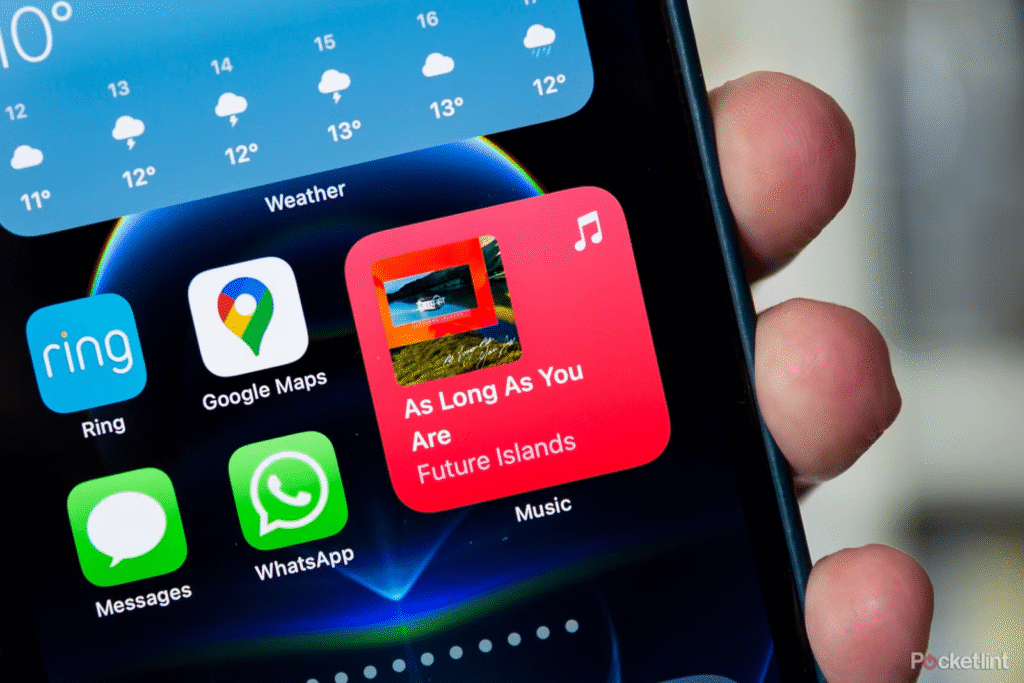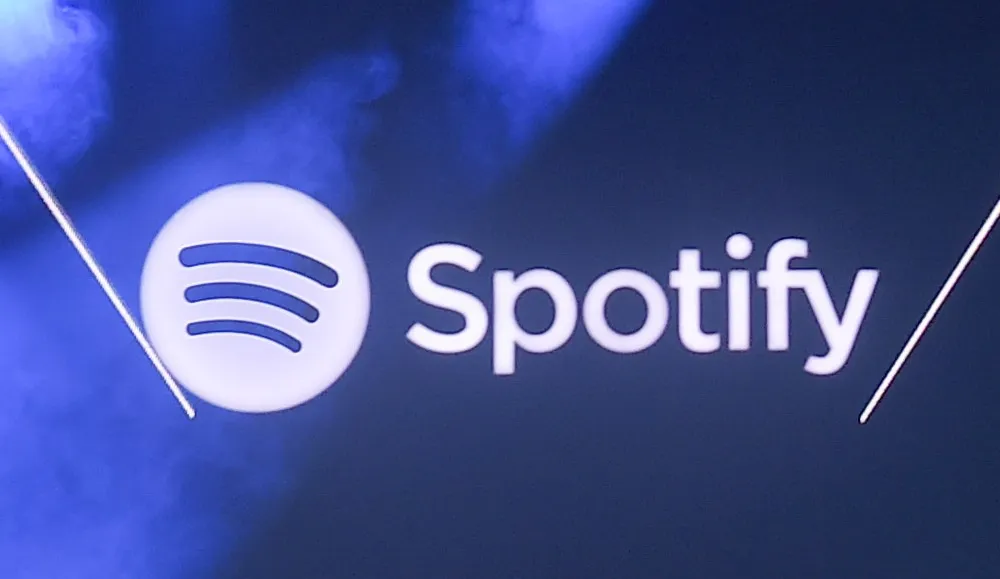It’s been more than four years since Spotify first said it would bring lossless audio to its users. Since then, fans have heard the same song and dance — teasers from execs, mentions in interviews, code leaks — but no actual launch.
Now, some fresh findings in Spotify’s app hint that the long-overdue high-fidelity audio tier might finally be on the way.
What Just Happened?
On June 19, tech sleuth Chris Messina found something interesting in the newest version of Spotify’s desktop app: references to “lossless” audio scattered throughout the code. These weren’t just random strings either — they were part of help cards that would explain the feature to users.
Here are a few lines that stood out:
- “Lossless music, now in Premium.”
- “The best sound quality on Spotify — up to 24-bit/44.1 kHz.”
- Warnings about poor internet connections or incompatible songs.
- Tips for the best listening experience using Spotify Connect or wired devices.
Meanwhile, a Reddit user spotted similar lossless references in the mobile app’s code, and claimed the feature is already baked into the app — just not turned on yet. This was later confirmed by app analytics firm Appsensa.
So yes, this isn’t just a rumor. The code is real, and it’s recent.
Does This Mean Lossless Is Finally Launching?

That’s the million-dollar question — and the honest answer is: not necessarily. Spotify has teased lossless audio before, going back to its 2021 announcement of Spotify HiFi, which promised “CD-quality sound.” But so far, nothing’s made it to the public.
Still, this time feels different. Why?
- The language in the code is more polished, like something you’d see at launch.
- Spotify has signed new deals with major record labels (Universal and Warner) this year, which might remove the licensing issues that delayed things in the past.
- Bloomberg reported earlier this year that a new “Music Pro” tier — which may include lossless streaming and other premium features — could arrive before the end of 2025.
So while nothing is guaranteed, the pieces are finally starting to fall into place.
Why It Matters
Let’s be honest — Spotify is behind the curve here.
- Apple Music, Amazon Music, and Tidal already offer lossless or high-res audio, often at no extra cost.
- More listeners are using better headphones, soundbars, and smart home audio gear, and expect quality to match.
- Spotify users have been paying for Premium for years without getting a real boost in sound quality.
A high-quality tier could give fans what they’ve been asking for — and help Spotify compete in a streaming world where music quality is more important than ever.
Spotify’s Official Response? Still Quiet
So far, Spotify execs haven’t made any bold announcements.
On a recent earnings call, Chief Business Officer Alex Norstrom hinted that the company was still investing in new “premium tiers,” especially for superfans, but didn’t share dates or features.
He said:
“We see great potential in [higher tiers]… it really opens up new opportunities to delight users.”
Translation? It’s coming — eventually.
Key Things to Know
Here’s a quick summary of what’s going on:
✅ Spotify’s latest app update includes clear code references to lossless audio.
✅ New help messages describe the feature, sound quality specs, and usage tips.
✅ The feature isn’t active yet, but seems to be built into the app.
✅ New licensing deals and reports of a “Music Pro” tier suggest a possible launch later in 2025.
✅ Spotify hasn’t officially confirmed anything — but signs are finally looking promising.
Final Thoughts
After years of delays and vague updates, it looks like Spotify is finally gearing up to offer lossless audio — or at least they’re closer than they’ve been in a long time.
Will it launch this summer? Maybe not. But with updated code, label deals, and public interest peaking again, the company has every reason to make 2025 the year it delivers.
Until then, we’ll be watching — and listening.
